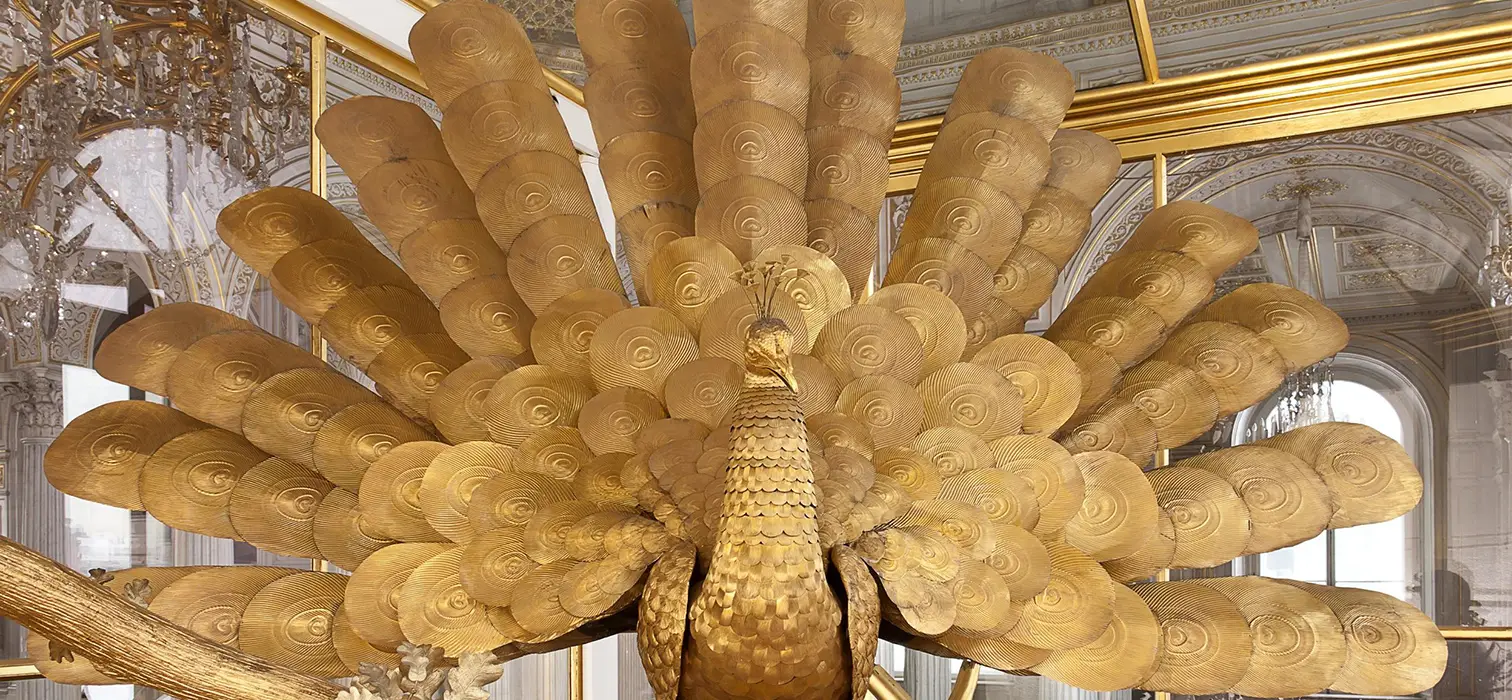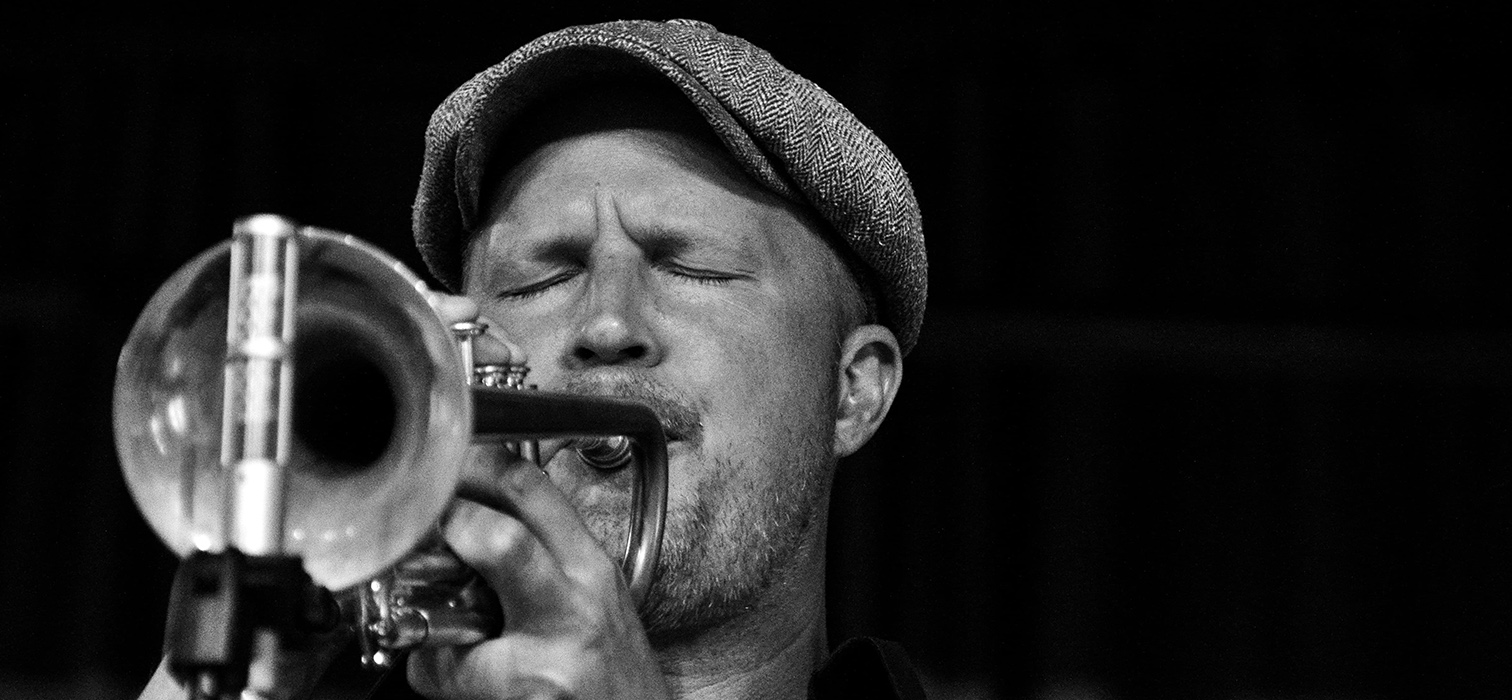
Melancholic yet daring, simple yet grand, cold but warm. A warm trace left in the soul by the freezing Scandinavia; Nordic jazz.
The allure of the distant is undeniable. The appeal of what we lack, the mystery of the unknown, the exaggeration brought about by the unattainable – these can all be expanded upon. But let’s try not to stray and return to Nordic jazz. The time when Nordic jazz began to be defined as “Nordic jazz” is not very distant. And it is worth noting that Nordic jazz holds meaning for us in the southern part of Scandinavia. Otherwise, discussing Nordic jazz with a Swede would, as you might guess, hold little significance.
An Introduction to Nordic Jazz
What Is Nordic Jazz Called in the North?
Of course, in Northern European countries, there is a common name for jazz music emerging from Scandinavian countries. It is generally referred to as “Nordic Jazz,” but it does not have as wide a usage as it does here in Turkey. If you ask where its reference point is, that too is debatable. Some claim that the Norwegian jazz scene is central, while others argue for Sweden. Naturally, the question of what is considered “north” is somewhat subjective.
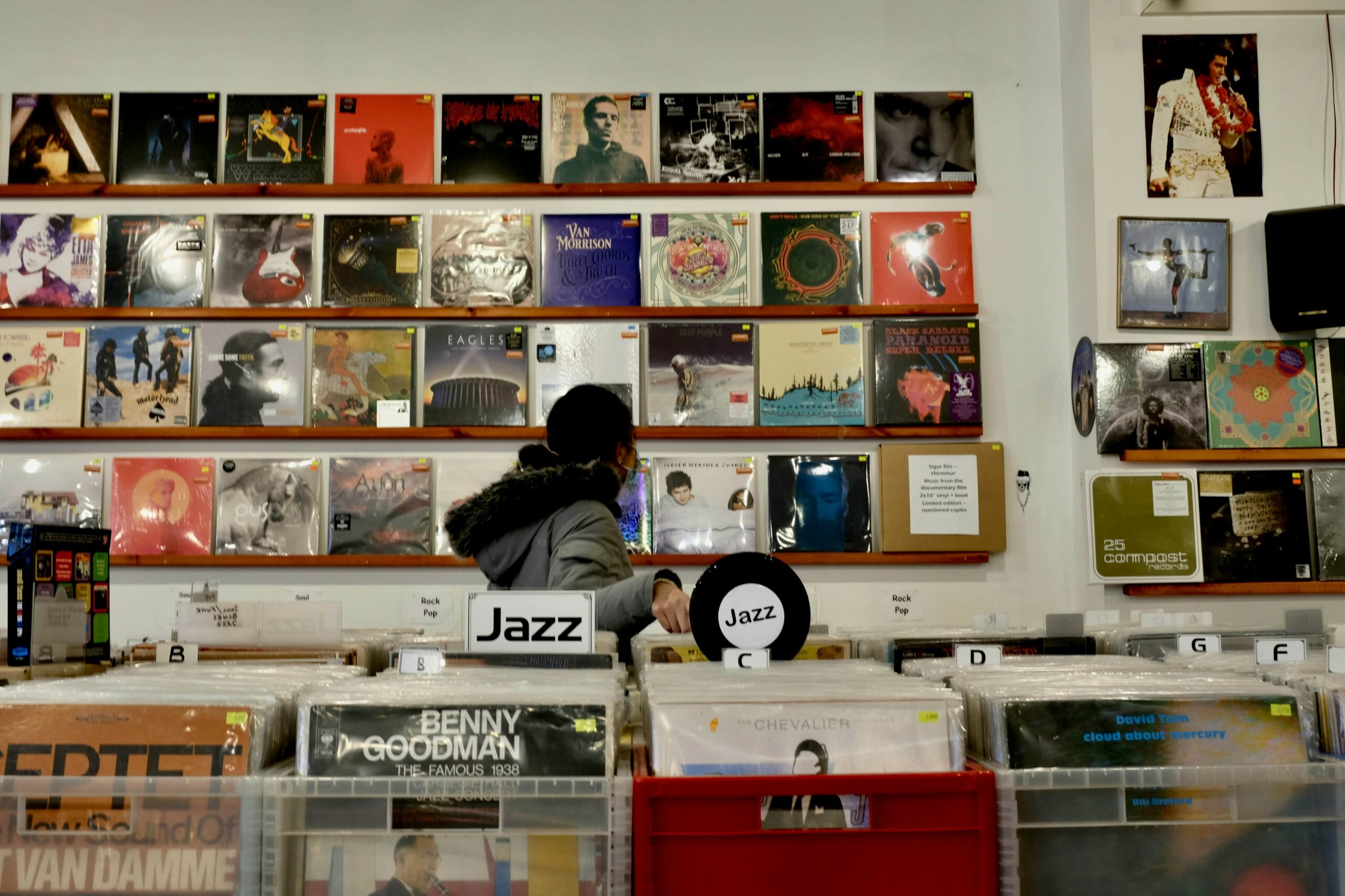
When Did It Emerge?
As mentioned earlier, the birth of Nordic jazz does not go far back in history. In the early 1970s, when the American-dominated jazz world encountered musicians shaping Nordic jazz, it undoubtedly brought a fresh breath. The first musician interested in the unique sounds of Northern Europe and who collaborated with them was George Russell, a jazz musician and theorist born in 1923. Having Afro-American roots and a background in church choirs, Russell gradually became one of the prominent names in the jazz world, until he moved to the Scandinavian peninsula in 1964 due to the racial discrimination in his home country.
During his time there, he performed with numerous names, from Jan Garbarek to Terje Rypdal, and collaborated with young Nordic jazz musicians. However, more importantly, during this period, Russell worked on the idea of “vertical form,” which he described as “layers of different rhythmic behavior modes.”
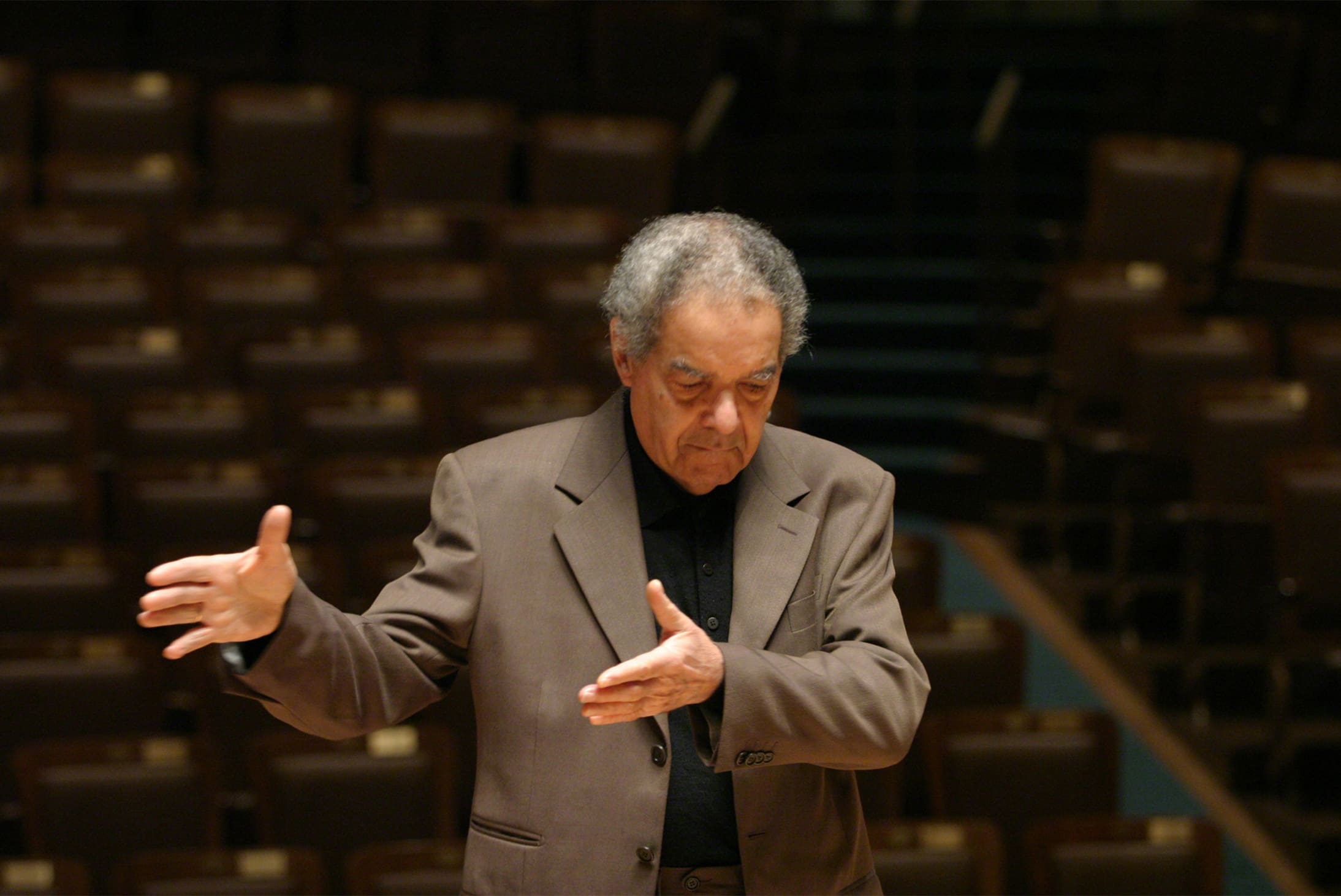
In 1968, Russell recorded “The Electronic Sonata for Souls Loved by Nature,” which captured his innovative approach and his work on instrumentation. When Russell returned to America in 1969 to chair the New England Conservatory of Music in Boston, both his theories and the names of Nordic jazz musicians began to be heard in a new continent. The three works he recorded just a year later affirmed the emergence of a genre: “Listen to the Silence,” “Living Time” recorded with Bill Evans, and “Vertical Form VI” with the Swedish Radio Jazz Orchestra. Moreover, the group he formed during the same years, called “Esoteric Circle,” is thought to have formed the core of today’s Nordic jazz.
Of course, Russell was not the only name here. Polish-born Norwegian saxophonist Jan Garbarek was also a key figure. Many consider him the father of this genre. His albums, released under the ECM label in the 1970s, initially embraced a more avant-garde jazz approach but gradually reflected a mood characterized by an esoteric texture rather than chord changes.
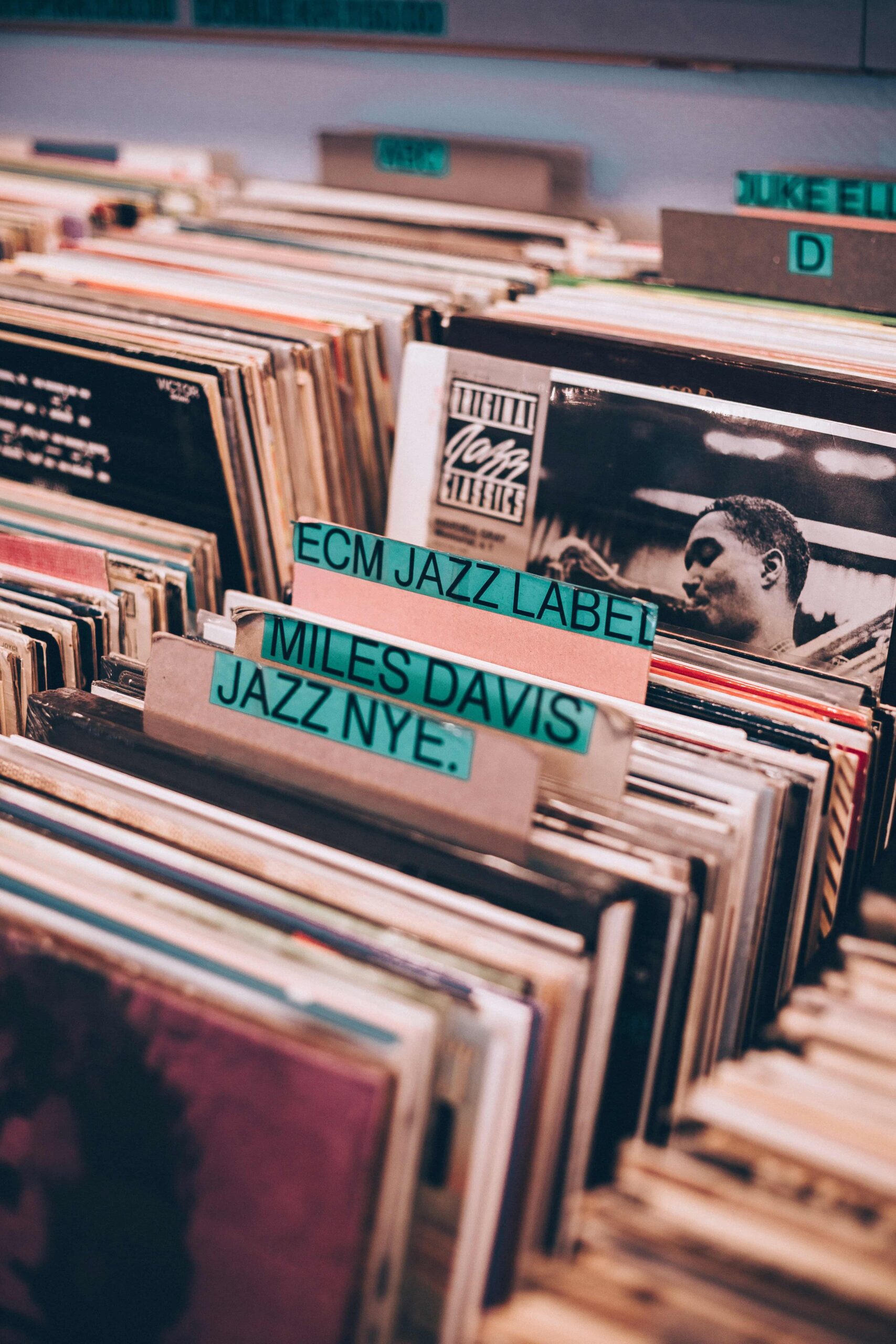
Speaking of ECM… Founded in Munich in 1969 by Karl Egger, Manfred Eicher, and Manfred Scheffner, the independent record label is one of the first names that come to mind when Nordic jazz is mentioned. Known mostly for its jazz albums, the company has upheld its approach of breaking boundaries in music since its inception. Consequently, it played a significant role in the recognition of Nordic jazz musicians. Over the years, it paved the way for record labels like Jazzland, Rune Grammofon, and Hubro.
How Is Nordic Jazz Described?
Certainly, some listeners may initially find it strange that Jan Garbarek’s early recordings and today’s modern recordings are categorized in the same genre. While it’s debatable whether every music listener needs to be knowledgeable about music history or theory, one thing is clear: music authorities agree on a few general expressions that define Nordic jazz. Folkloric themes of Northern European countries, an inherent experimentalism, a consensus on challenging traditions, and the spirit of improvisation are the main sources of motivation for this collective creativity. The rest… is up to you.
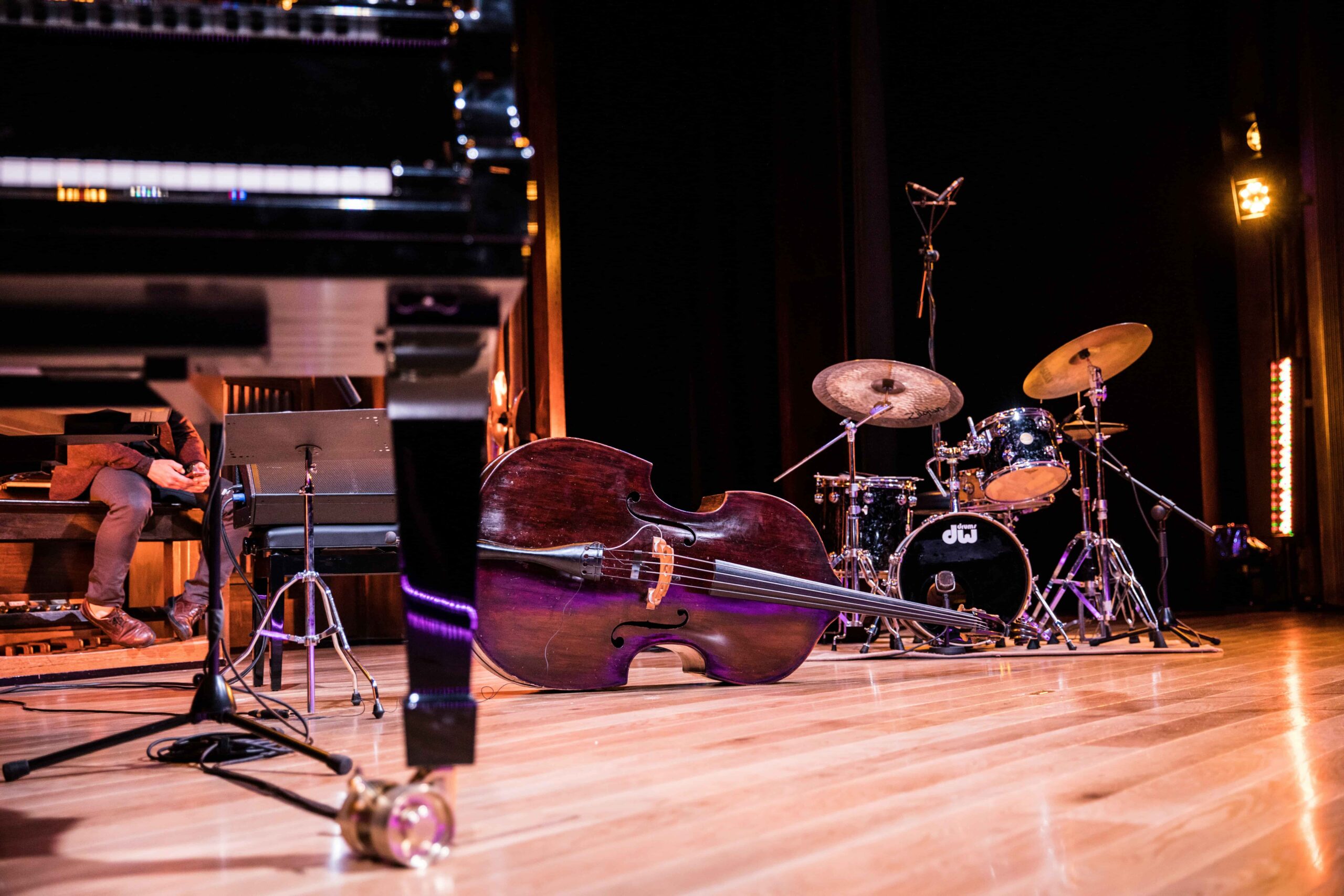
Who Should Listen?
This question is inherently contradictory, but it’s clear that there are some common misconceptions about Nordic jazz. Let’s clarify that the assumption, partly fueled by dictionaries, that Nordic jazz is mostly listened to by older people is completely false. And, of course, this music isn’t always melancholic and tranquil. While it’s futile to say, “If you listen to this, you’ll also enjoy Nordic jazz,” if you wish to explore something that fills voids in your life at your discretion, giving this music a chance might be worthwhile.
Nordic Jazz 101
When one thinks of Nordic jazz, names of groups whose pronunciations are challenging often come to mind. However, there are some that, due to their wide audience in Turkey, have performed at many jazz festivals, introducing listeners to the cold yet paradoxically warm music of the North. The selection below is undoubtedly a somewhat manipulative choice by the author. This list could go on endlessly. However, it is intended as a recommendation for those new to Nordic jazz or seeking new names.
Tord Gustavsen Trio
Think of music that competes with the simple beauty brought by a tranquil walk in nature. This might best summarize Tord Gustavsen‘s style. Recently releasing a new album, the Norwegian jazz musician’s music owes much of its depth to a lesser-known reason. Gustavsen is conducting a unique academic project exploring the dichotomies of control versus surrender in improvisational psychology. His 2008 article, “The Dialectic Eroticism of Improvisation,” serves as a crystallized summary of this project.
Jan Garbarek
For many Nordic jazz enthusiasts, Garbarek’s 1971 album Afric Pepperbird is nearly one of the starting points. While each musician playing on the album is a legend in their own right, Afric Pepperbird is a remarkable discovery with its blend of free form and rhythm. It is considered one of the starting points for jazz fusion experiments. As for Garbarek’s story… At just 14 years old, he discovered his passion for music by listening to John Coltrane on the radio and purchased a saxophone method book—yes, a method book before the instrument itself. Likely due to Nordic discipline. Incidentally, Coltrane’s later music collaborations with Ravi Shankar sparked the spiritual journey in Garbarek’s music.
Esbjörn Svensson Trio (E.S.T.)
Considered one of the most successful jazz pianists in Europe, Svensson is undoubtedly one of the most significant figures in Nordic jazz. Although he is no longer with us, both his albums and the inspiration he left behind have made him an exceptional name. He formed a group in 1990 with childhood friend Magnus Öström. Initially, they didn’t garner much attention, but later, both musicians became important representatives of Nordic jazz.
Svensson’s international breakthrough came with his album From Gagarin’s Point of View, which received high praise from critics. In 2008, during a diving session, the renowned musician tragically passed away at the young age of 44. His legacy, however, lives on through his timeless work.
Lars Danielsson
Swedish bassist Lars Danielsson is one of the Nordic jazz musicians we’ve had the chance to see live in Istanbul. Playing the double bass, electric bass, and cello, he is an artist unafraid to showcase his talent both on stage and in album recordings. His 2012 concert in the garden of the Istanbul Archaeological Museum is still remembered as a spiritual experience. As the call to prayer echoed across the historical peninsula, Danielsson paused briefly and continued his performance with music that carried the same spiritual resonance, leaving the audience mesmerized.
Mathias Eick
Known for his mastery on the trumpet and the remarkable albums he released under the ECM label, Eick’s extraordinary talent extends to instruments like the double bass, piano, and guitar. The Norwegian musician has shared the stage with legends such as Chick Corea and Pat Metheny, and each of his works exudes a meditative quality. Having previously performed in Istanbul, we hope to see him again soon.
Tingvall Trio
Don’t be deceived by the fact that the group originated in Hamburg, or that it includes a German drummer and a Cuban bassist. Swedish pianist and composer Martin Tingvall leads the trio, which is considered one of the most beloved groups in Nordic jazz. Their multicultural background aligns perfectly with Nordic jazz’s boundary-breaking nature. The band, which previously performed at the Akbank Jazz Festival in Istanbul, is often compared to the legendary Esbjörn Svensson Trio. Tingvall himself attributes their current style to the time he spent listening to AC/DC and Swedish pop groups during his childhood.
Bobo Stenson
Born in 1944, Bobo Stenson—whose real name is Bo Gustav Stenson—is one of the most acclaimed figures on the Nordic jazz scene with his self-titled trio. A significant influence on his music and piano talent was his Jewish refugee teacher Werner Wolf Glaser, with whom he studied piano for 15 years starting at the age of 8. Over the years, Stenson has collaborated with many names on this list, including Garbarek and George Russell. Interestingly, in his 30s, he also played in Okay Temiz’s Oriental Wind group. Now 80 years old, Stenson continues to captivate audiences with his piano performances.
Espen Eriksen Trio
One of the newer groups on the list, the Espen Eriksen Trio was founded in 2007 and has released seven albums over the past 17 years. Their style, emphasizing melodic minimalism, serves as an excellent entry point for newcomers to Nordic jazz.
The group’s founder and composer, Eriksen, summarizes their approach as “less is more.” Reflecting on their concerts in South Africa and Russia, Eriksen shared how the audience commented on the connections between their music and the national music of those countries. For him, this feedback reinforces the notion that human experiences are not so different from one another. “It’s more of a philosophical thing,” he says. Although they have yet to perform in Turkey, we hope for the chance to see them live someday.
Iiro Rantala
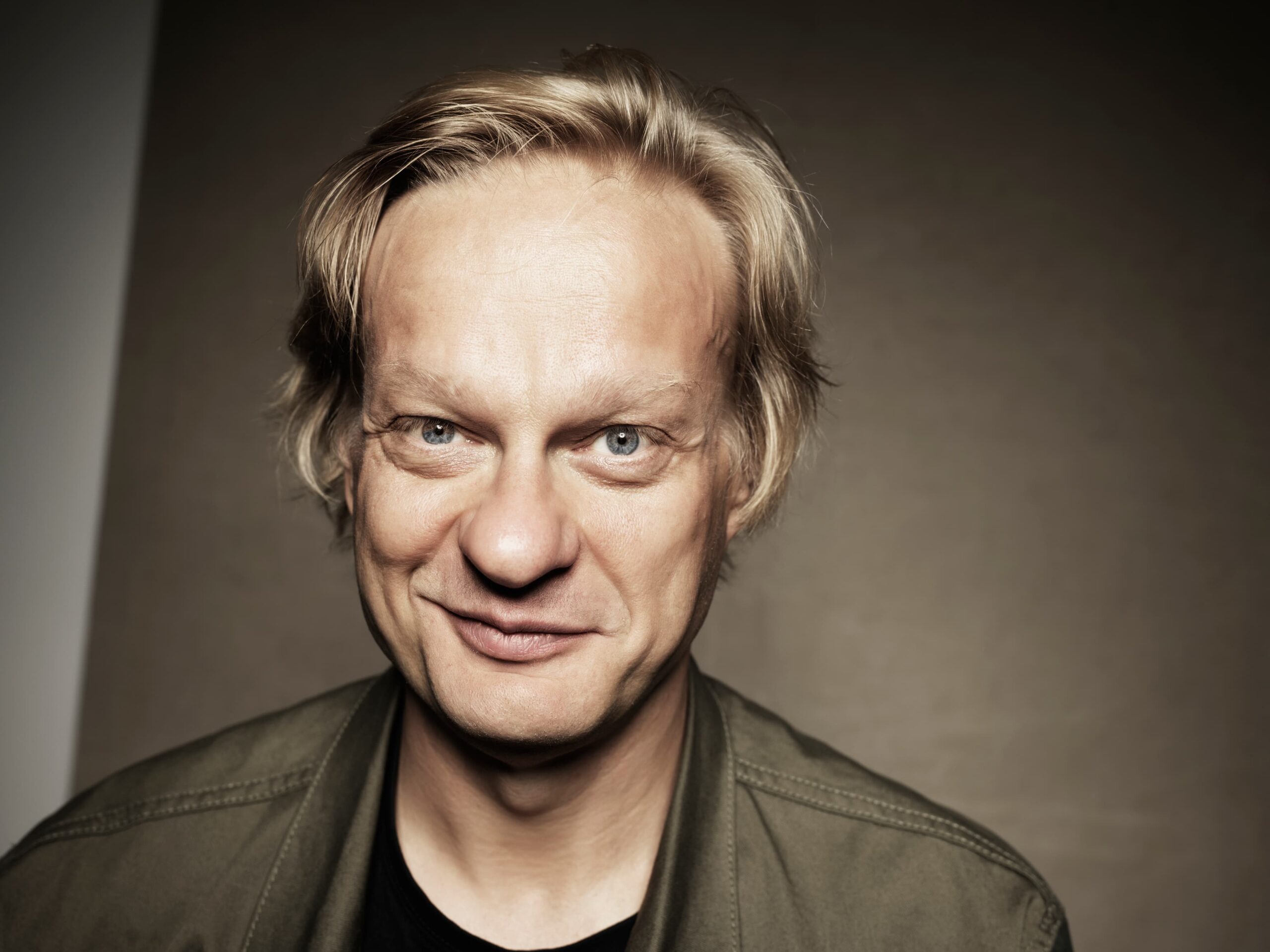
It’s worth adding a name from Finland to this predominantly Norwegian and Swedish list. Iiro Rantala is not only one of Finland’s most famous jazz pianists but also one of Europe’s most renowned Finnish musicians. While his albums released under the ECM label are a treasure trove for jazz enthusiasts, Rantala’s lesser-known achievement is his piano concerto, which he released as an album in 2006. Among the musicians who inspire him, Leonard Bernstein tops the list, likely forming the foundation of his approach that navigates between classical music and jazz.
Among Rantala’s many compositions, the magical elegy Tears for Esbjörn—written for the late Esbjörn Svensson—stands out.

